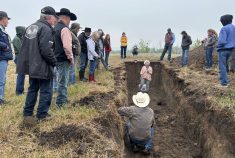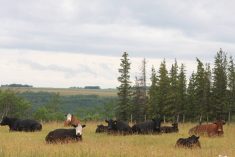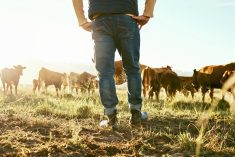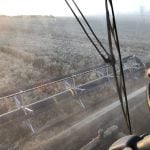Recently, I listened to an audio book, When the Body Says No: The Cost of Hidden Stress by Gabor Maté, a Canadian physician who’s built a career studying the effects of trauma on health. Maté was born to Jewish parents in 1944 in Nazi-occupied Hungary, and a small part of the book reflects on his earliest childhood experiences and how those experiences influenced him well into his adulthood. But most of the book was derived from interviews with people suffering from horrific illnesses, such as various forms of cancer, multiple sclerosis, ALS (Lou Gehrig’s disease), as well as related research.
Maté’s main point is that chronic stress takes a physical toll, and leaves people susceptible to disease. For example, our brain’s hippocampus, which moves short-term memory into long-term memory, is vulnerable to chronic stress. Too much cortisol, over a long period, impairs that process, Maté writes. He also links the complete repression of emotion to Alzheimer’s disease, by examining the lives of public figures, through interviews and by diving into a long-term study of nuns. One nun developed the brain plaque associated with Alzheimer’s, yet didn’t show any symptoms. Maté attributed this to her acknowledgement of her own emotions, as evidenced in her diary.
This book raised a lot of questions for me. Because I’m interested in animals, I wonder how chronic stress might affect animals, and how their experiences differ from ours.
Read Also
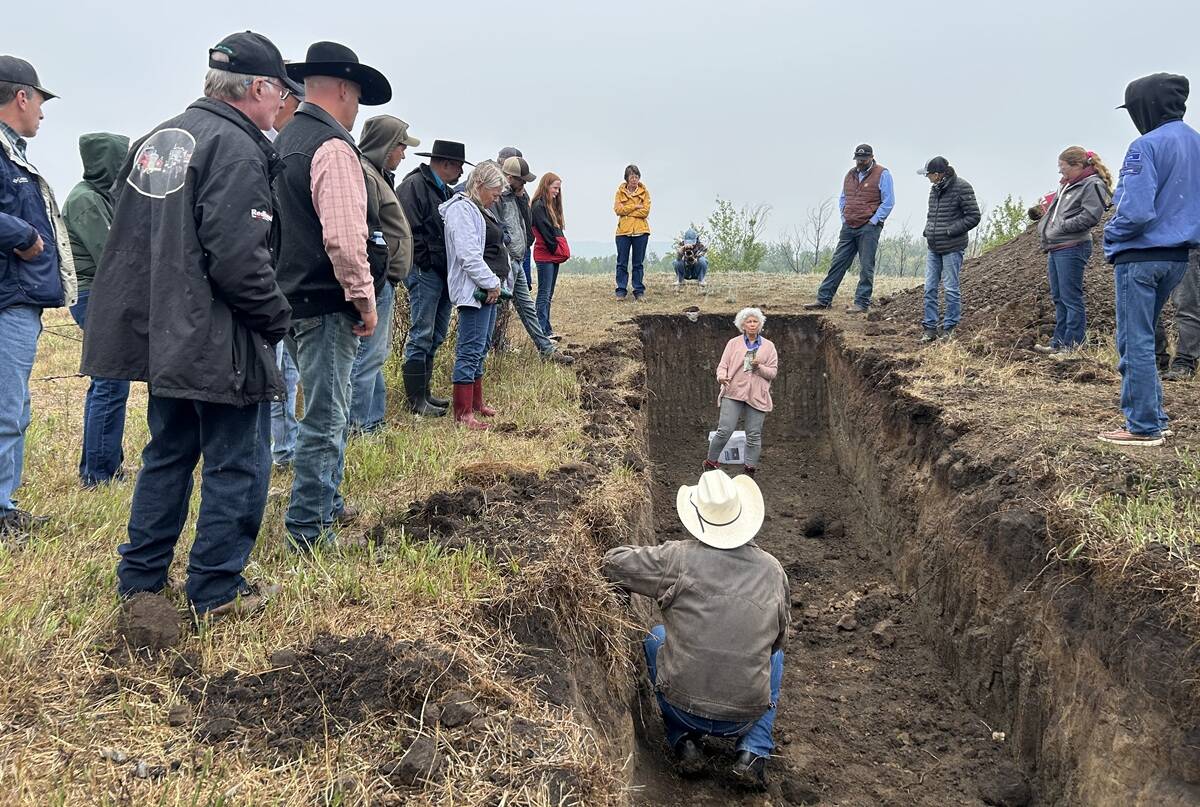
Improving soil health on the ranch
Yamily Zavala, PhD, talks soil health for farmers and ranchers at a grazing club field day at Paradise Hill, Saskatchewan.
While our brains are different from the bovine variety, all mammals have some similarities. All have a hippocampus, and animal studies have also shown it’s susceptible to stress. Neurons don’t fire the way they should, and the hippocampus in overly stressed animals is smaller in volume. Their memory is also affected — for example, studies with rodents show exposure to stress negatively affects spatial memory, which involves the hippocampus.
This led me down a rabbit hole into the research around bovine brains. A 2016 study looking at domesticated cattle (Bos taurus) measured brain size related to body mass. The researchers found similarities to that of baleen whales, which they figured may be due to similar “feeding adaptions” (grazing). Importantly, they differed more from “fish-hunting toothed whales,” confirming the brains of predatory animals (like us) and prey differ. There were no real differences between cattle breeds, or even age of cattle, in this particular study.
Cattle, along with elephants and baleen whales, have larger temporal lobes than other species. Why this is, researchers were unsure, but they speculated it might be due to “the need for high level acoustic performance.” That’s an interesting way to think about how cattle low, bawl, and otherwise communicate. But consider this: We know whales not only communicate through sound, but are also sensitive to sound. People who practice low-stress handling know the importance of being quiet around cattle. They also know that because a cow’s eyes are on the sides of her head, she sees the world very differently than us predators. She has poor depth perception, a blind spot behind her, limited vision right in front of her, and a wider field of vision around her. I think it’s important to remember this, as how they perceive the world influences what scares or stresses them.
Another study examined the fossil record to compare the brains of extinct wild cattle (aurochs) to a wide range of domestic breeds, including those used for bull fighting. Researchers looked at 317 brains from 71 breeds, and overall found that domesticated cattle had, on average, 25 per cent smaller brains than their wild ancestors. But the aggressive bull-fighting breeds had much larger brains than other domestic breeds — only 15 per cent smaller than wild cattle. Beef cattle had brains that were about 25 per cent smaller than wild cattle, and dairy cattle had the smallest brains of all — 30 per cent smaller than the wild ones. Interestingly, beef cattle that traditionally have had less human interaction, such as White Park, also had larger brains.
Most beef and dairy cattle have smaller limbic systems than their wilder relatives. The limbic system is the emotional command centre of the brain, controlling aggression, fear and reactivity. Perhaps by selecting quieter cattle over the centuries, we have also been selecting cattle with reduced limbic systems. Or, maybe the cattle don’t need a large limbic system because people have been taking care of many of their basic needs — providing food and water, some sort of shelter, and attempting to protect them from predators. Either way, I think this speaks well to how people have been caring for their livestock for a long time.
There is still much we don’t know about how the brain, hormonal systems and the rest of the body respond to stress. There was a lot I couldn’t fit into this column, and frankly, I’m no expert. But I think this research suggests that the way we manage cattle has profound effects over many generations. And stress may affect animals, and us, even more than we realize. We only need think about the prevalence of bovine respiratory disease in calves after weaning to suspect there’s something to this. This time of year, as cows are approaching calving season, or already calving, think about the quality of the ration and how much they’re being fed, and whether all cows have access to feed.
We cannot eliminate all stress from our own lives, or from that of our livestock. That’s probably not even a desirable outcome. But unrelenting stress leads to physical changes in our bodies, and may leave people and animals more susceptible to disease.
Further reading
- Ballarin et. al. The brain of the domestic Bos taurus: Weight, encephalizations and cerebellar quotients, and comparison with other domestic and wild cetartiodactyla. doi.org/10.1371/journal.pone.0154580
- Kim et. al, Stress effects on the hippocampus: A critical review. pmc.ncbi.nlm.nih.gov/articles/PMC4561403/
- Balcarcel et. al., Intensive human contact correlates with smaller brains: differential brain size reduction in cattle types. pubmed.ncbi.nlm.nih.gov/34102890/




